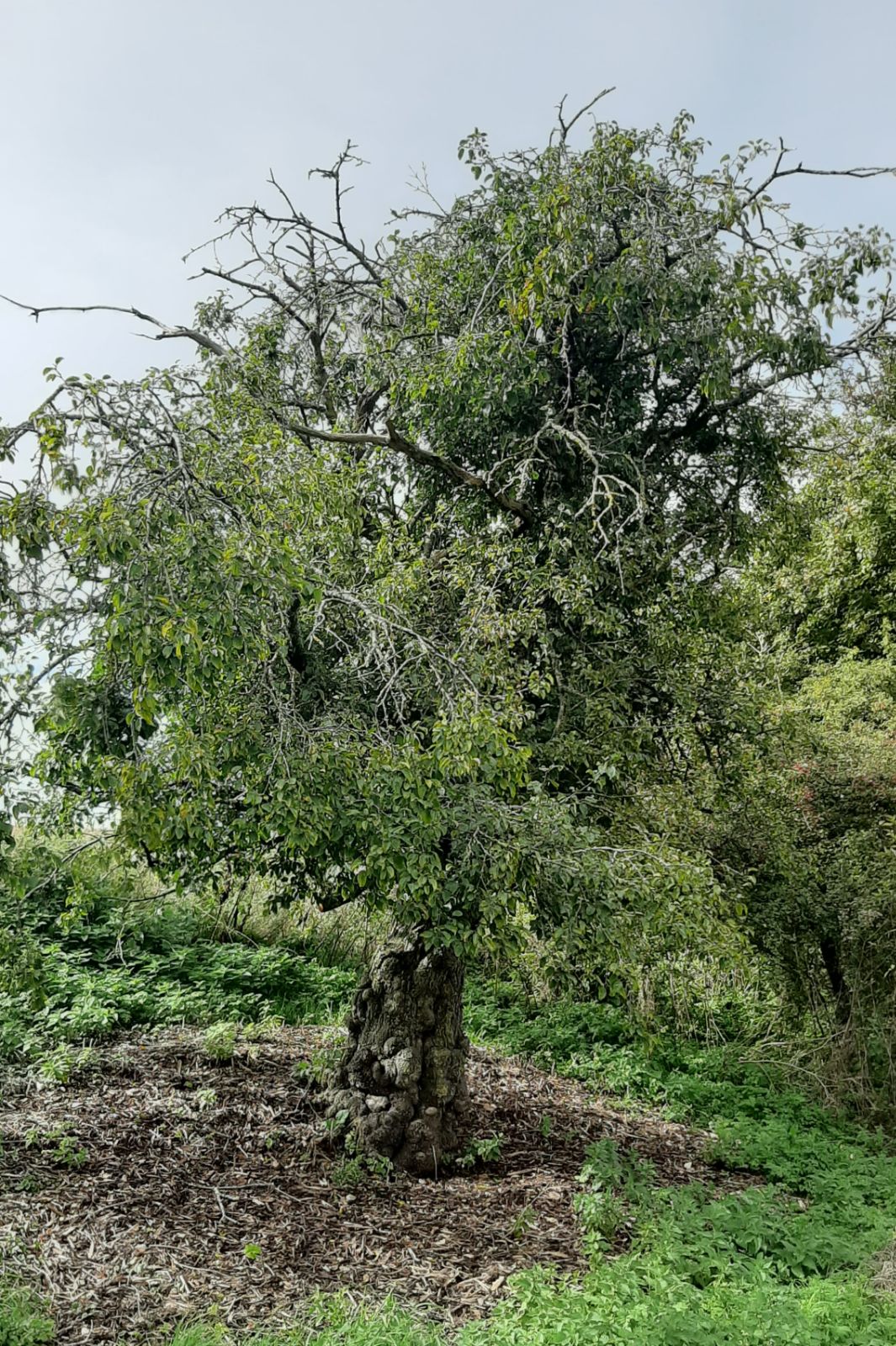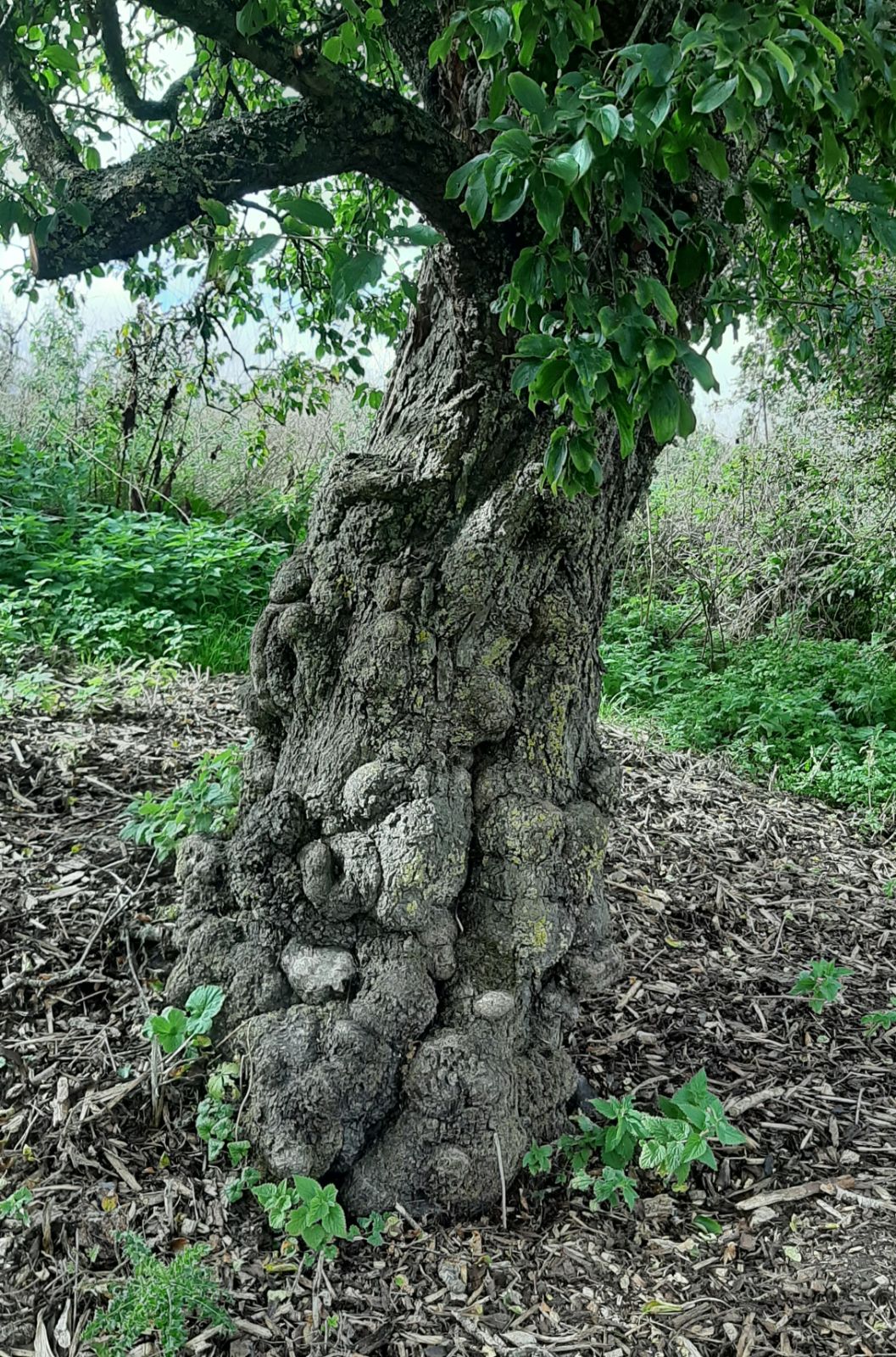Rhamnus cathartica
Credits
Article from Bean's Trees and Shrubs Hardy in the British Isles
Recommended citation
'Rhamnus cathartica' from the website Trees and Shrubs Online (treesandshrubsonline.
Genus
Common Names
- Common buckthorn
Other taxa in genus
- Rhamnus alaternus
- Rhamnus alnifolia
- Rhamnus arguta
- Rhamnus californica
- Rhamnus costata
- Rhamnus davurica
- Rhamnus fallax
- Rhamnus frangula
- Rhamnus × hybrida
- Rhamnus imeretina
- Rhamnus infectoria
- Rhamnus japonica
- Rhamnus lanceolata
- Rhamnus pumila
- Rhamnus purshiana
- Rhamnus rupestris
- Rhamnus saxatilis
- Rhamnus tinctoria
- Rhamnus utilis
A deciduous shrub 10 to 20 ft high, ultimately of tree-like habit; young shoots slender, glabrous; lateral branchlets often terminated by a thorn. Leaves bright green, sometimes alternate, often opposite or sub-opposite, oval or ovate, tapered or rounded and often unequal at the base, pointed at the apex, finely toothed, 1 to 21⁄2 in. long, half as wide; mostly glabrous, but in one uncommon form (var. pubescens Bean) downy, especially beneath; veins three or four each side the midrib, converging towards the apex; stalk slender, 1⁄4 to 1 in. long. Flowers small, green, produced in the lower leaf-axils, and forming a dense cluster at the base of the young shoot. Fruits black, about 1⁄4 in. across.
Native of Europe, W. and N. Asia, found in Britain, where it is fairly common. A vigorous shrub, which by pruning away the lower branches may easily be made to assume a tree form. It has no particular merit, although the leaves die off sometimes a pleasing yellow, and a tree laden with the black fruits is striking. Allied to R. davurica (q.v.).
The berries are purgative, whence the specific epithet.


